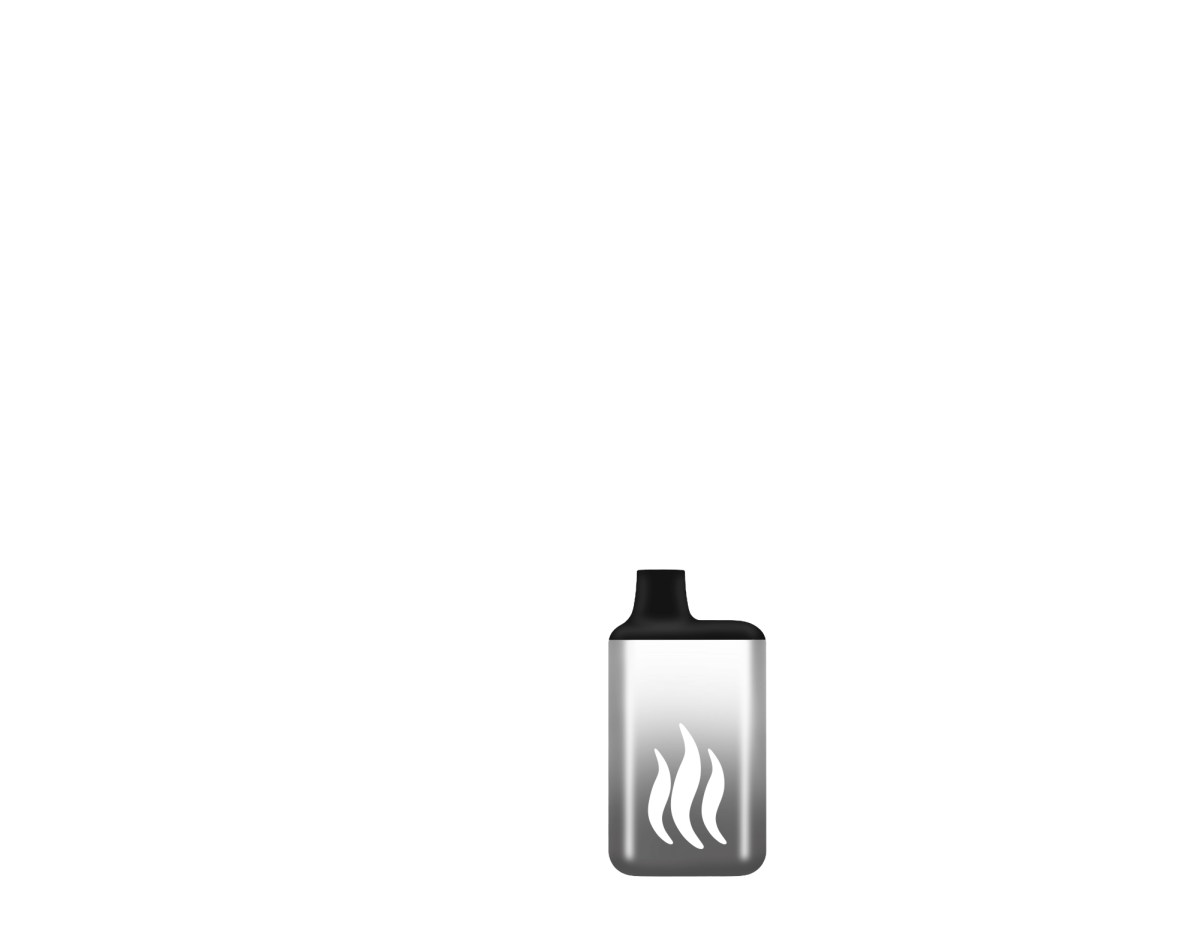The Arctic National Wildlife Refuge in Alaska is home to many different species of animals including wandering herds of caribou, polar bears and other species. Unfortunately, the animals who reside in these nineteen million acres are at major risk of removal from their homelands. Recently, the Trump administration has decided to push ahead with plans to allow drilling in the Arctic National Wildlife Refuge. With its beginning leases projected to be granted by the end of this year, drilling for oil in this area poses a major risk to the environment.
Energy companies’ interest in Arctic Refuge has risen and fallen over the past few decades. The discovery of oil at Prudhoe Bay in 1968, followed by two more major oil shocks in the 1970s, sparked support for drilling and production in the region. The fostering of this plan to drill was one that was widely disputed and controversial. It is also noteworthy that only one well has been drilled in this refuge and, as per a New York Times investigation, the results were very discouraging. Many have opposed this drilling. Gina McCarthy, the president of the Natural Resources Defense Council, has even said, “The Trump administration never stops pushing to drill in the Arctic Refuge — and we will never stop suing them.” Environmental groups call it the “biological heart of a priceless ecosystem,” and they will continue to advocate against oil drilling, but they are afraid that once drilling rights are sold, it will be harder for a future president to reverse this plan. The recent decision is making an impact on about 1.57 million acres of the refuge’s coastal plain and to all the living life on that land.
The Arctic Refuge is a very unique area with 45 species of mammals and over 200 species of birds from six continents, making the refuge more biodiverse than almost any area in the Arctic. Oil spills are a common occurrence during the process of extracting oils and gas. In this decade alone, there have been 62 spills and 164,000 tons of oil lost. Not only do these spills harm the environment in a massive way, the animals who inhabit those areas have to cope with these hazardous mistakes. Also it may take up to a decade to actually extract any oil. Imagine all the damage done to the ecosystem during that time!
Proponents of drilling argue that improvements in drilling technology have lowered drilling costs and increased the rate of success in finding and extracting oil. This creates many benefits for the US such as stable energy costs and improved economic competitiveness in the drilling industries.
The Arctic Refuge land has looked intriguing to the eyes of oil drillers in the past, however, at this time, some oil companies are not too enthusiastic on starting this process as oil is cheap and abundant elsewhere. As mentioned, it may take up to a decade for oil to be actually extracted, during which time the need for fossil fuels may decline with development of other sources of energy, such as solar, wind, and wave energy. This may not be a worthwhile project financially, especially if US banks decide not to support such a campaign. Five of the largest US banks have already stated they will not finance any of the oil drilling projects that take place in the Arctic Refuge area, which poses financial problems to those who seek to launch drilling operations. Morgan Stanley became the latest to announce its revised policy, joining Wells Fargo, Goldman Sachs, JPMorgan Chase and Citigroup.
It is imperative that if the Trump administration decides to proceed with their actions, they protect the environment and animals who will be affected by the drilling. It is our duty as human beings and inhabitants of this planet to protect what we have left of such pristine areas of wildlife as the Arctic National Wildlife Refuge. While people can contest the idea of prohibiting the destructive drilling of natural areas, there are many irreversible and devastating outcomes that will follow if the supporters of this campaign proceed with the proposal, such as loss of innocent animal lives, damage to the environment, and many other future risks to the ecosystems where the drilling will take place.






